We would all like to drive the ball longer off the tee, yet far too often golfers search in all the wrong places to find more distance. There are three primary factors that will help you hit the ball further: a well fitted golf club; a stronger, more flexible and ultimately faster you; and a swing that delivers the clubhead to the ball in a manner that maximizes the force you are putting into the swing - what I like to call efficiency. Where you get out what you put in. Here's a great example - on the PGATour David Toms swings at 104 mph and Stephen Gangluff swings at 120 mph, yet they average the exact same distance off the tee....hmmm?
Efficiency is the big fish and the area where most golfers can make the greatest gains. With this in mind I created (with the help of TrackMan) a chart that I like to use to show golfers how far they are capable of hitting the golf ball with their current club speed. The chart ranges from swing speeds of 65 mph to 105 mph and assumes no wind, flat terrain, normal ground conditions, sea level and premium type golf balls. These distances can only be attained with an upward attack angle (+5 degrees) and fairly low spin rates - somewhere between 1900 - 2200 rpm.
Club Speed Ball Speed Launch Angle Carry (yds) Total (yds)
65 mph 96 mph 16.5 136 182
75 mph 111 mph 15.6 157 208
85 mph 126 mph 14.6 193 242
90 mph 133 mph 14.2 209 256
95 mph 140 mph 13.7 225 271
100 mph 148 mph 13.2 242 286
105 mph 156 mph 12.6 259 303
Keep in mind that the above numbers are achievable, but only in a 'best shot' type scenario. David Toms was the most efficient driver on the PGATour in 2012 and at 100 mph he would have averaged 278 yards per drive - very good for an average. Regardless of what our swing speed is we are all capable of this highly efficient delivery of energy from club to ball.
How helpful can this chart be to you? If you're a golf coach with TrackMan technology you can benefit from it immediately. As a golfer you would need to have a rough idea of what your club speed is followed by an honest assessment of how far your ball is travelling in neutral conditions. If you're noticeably shorter than you should be, seek out the nearest golf coach with a TrackMan and get to work.
You may have heard the term high launch, low spin....well, it really is what you should be after off the tee box.
Additional Resources:





















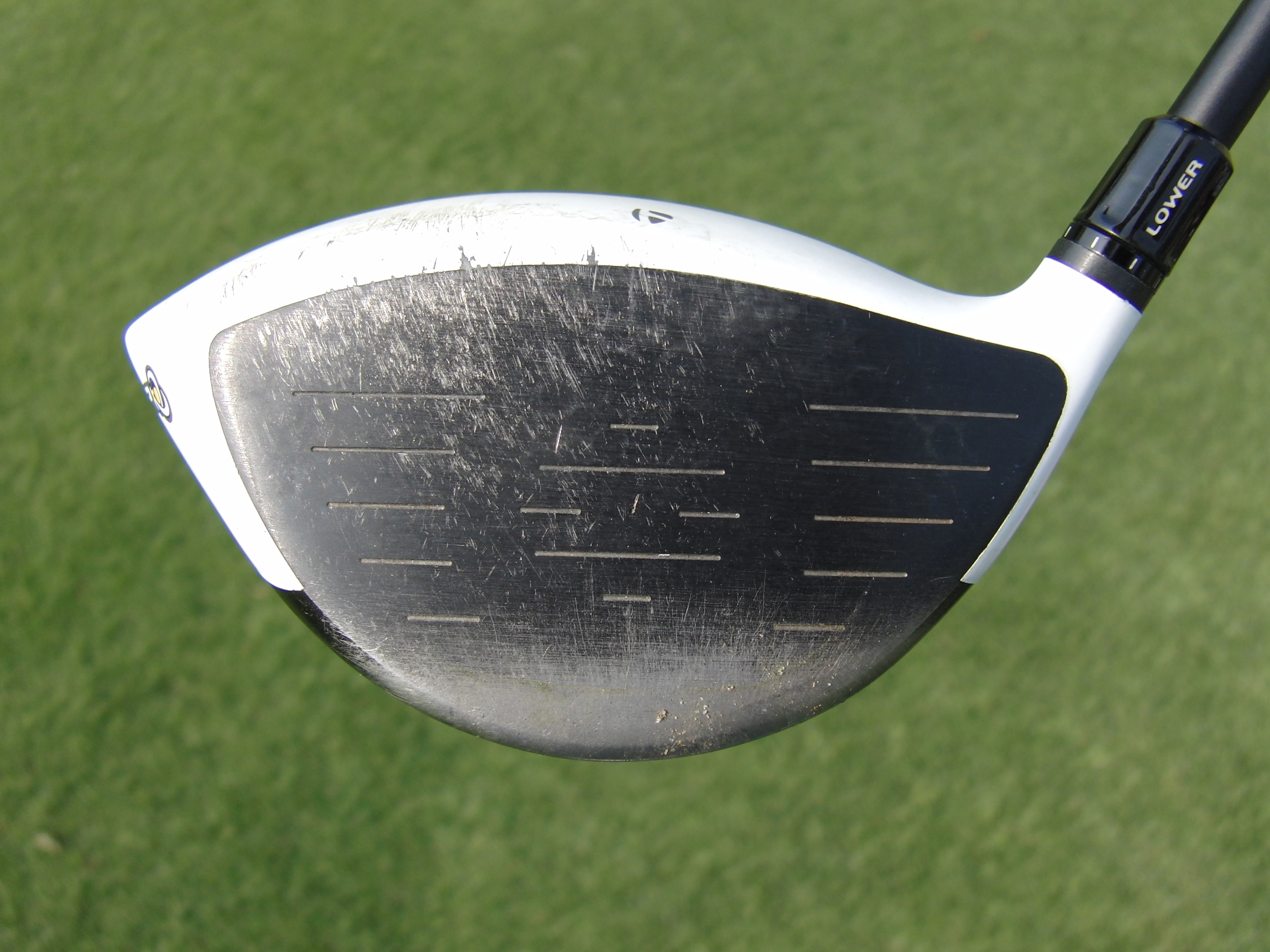





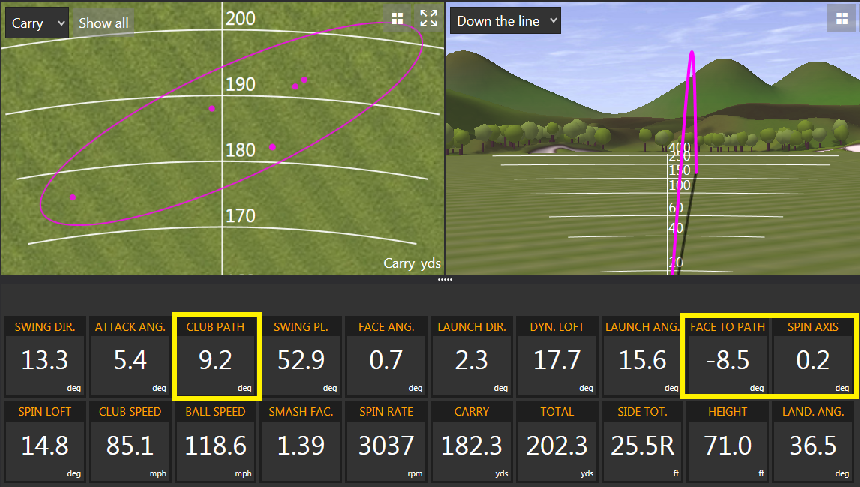

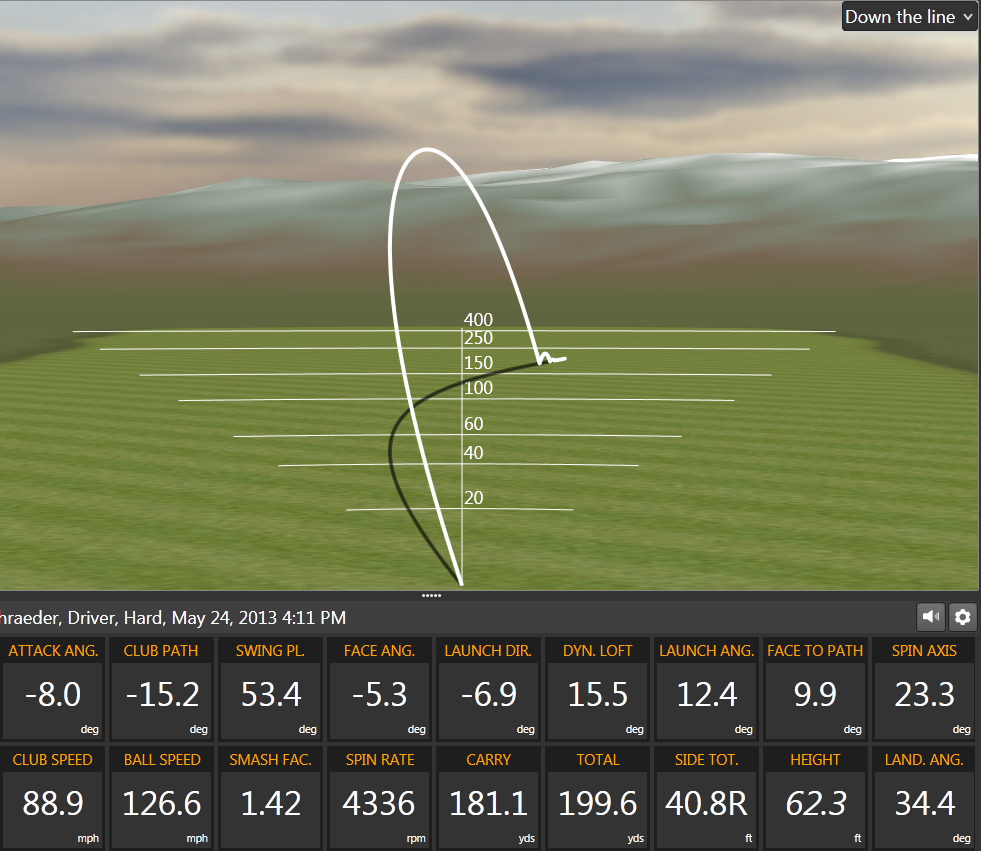
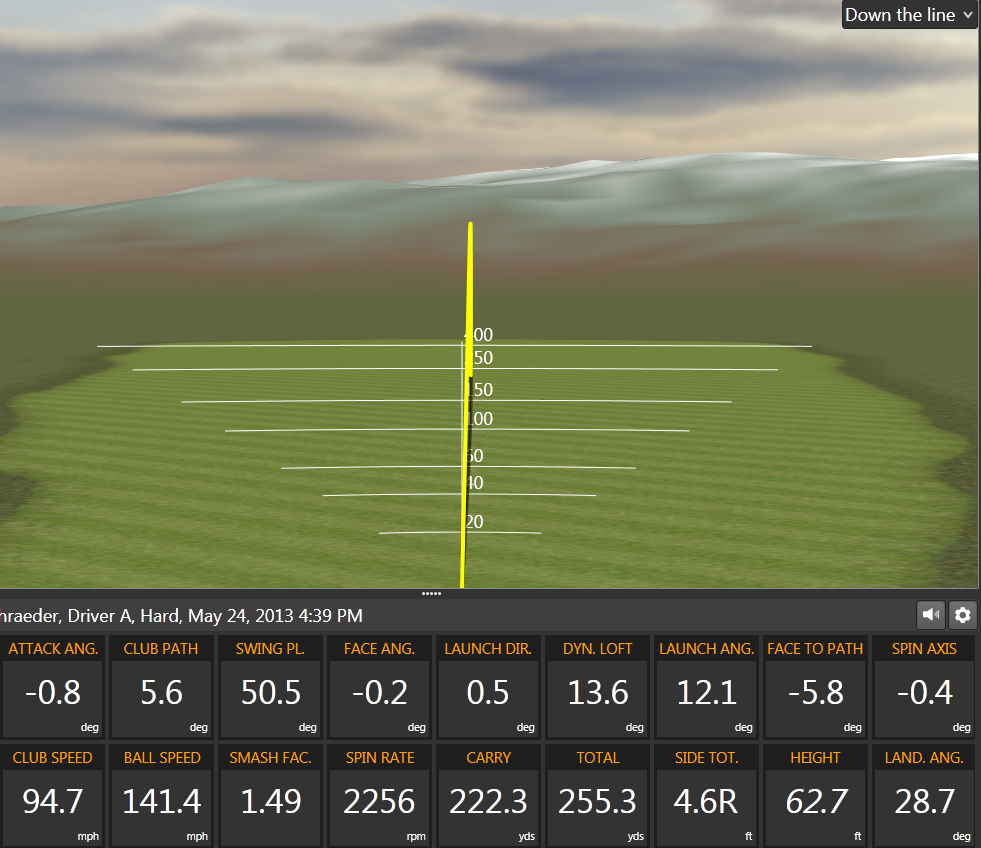
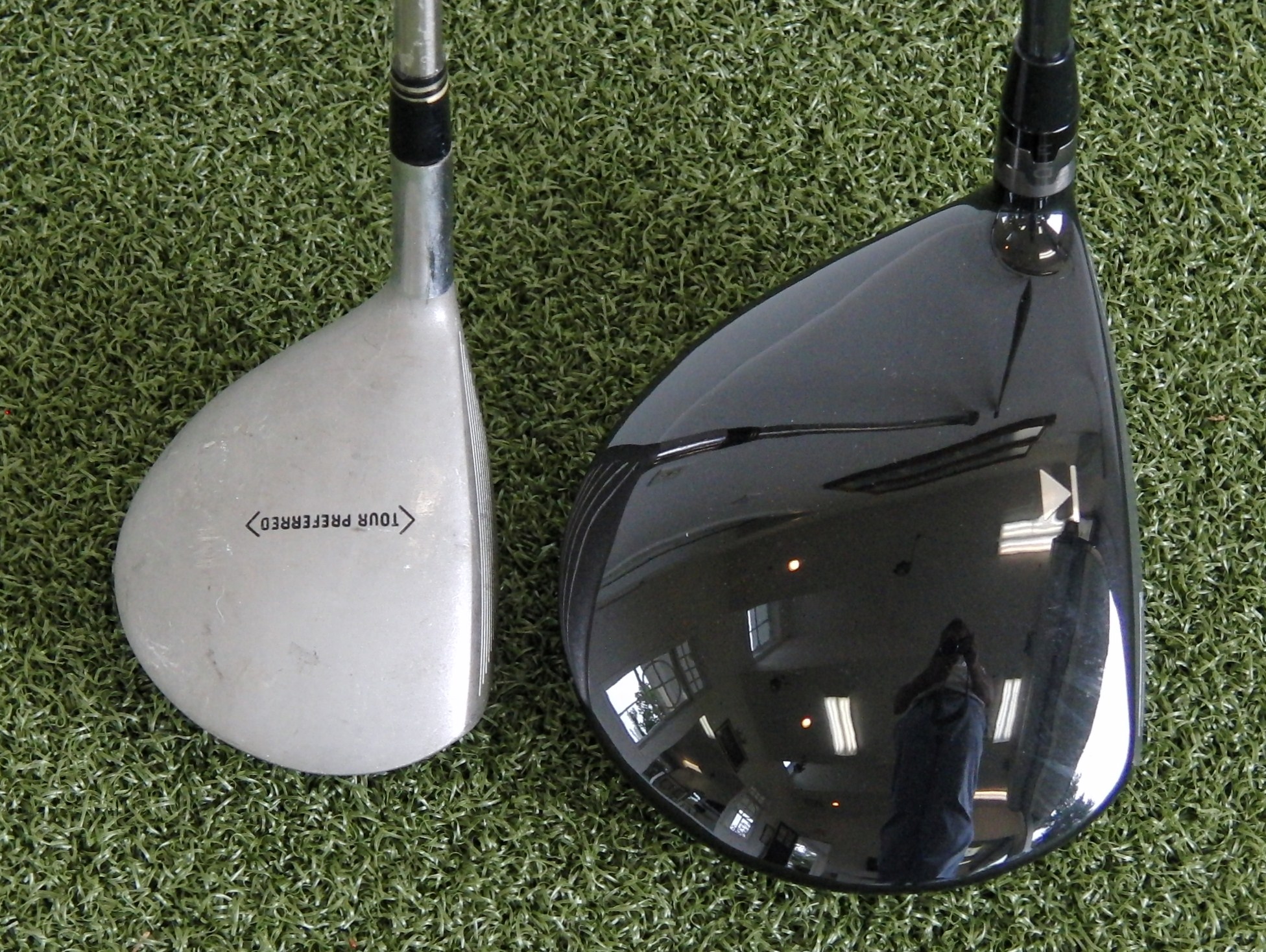





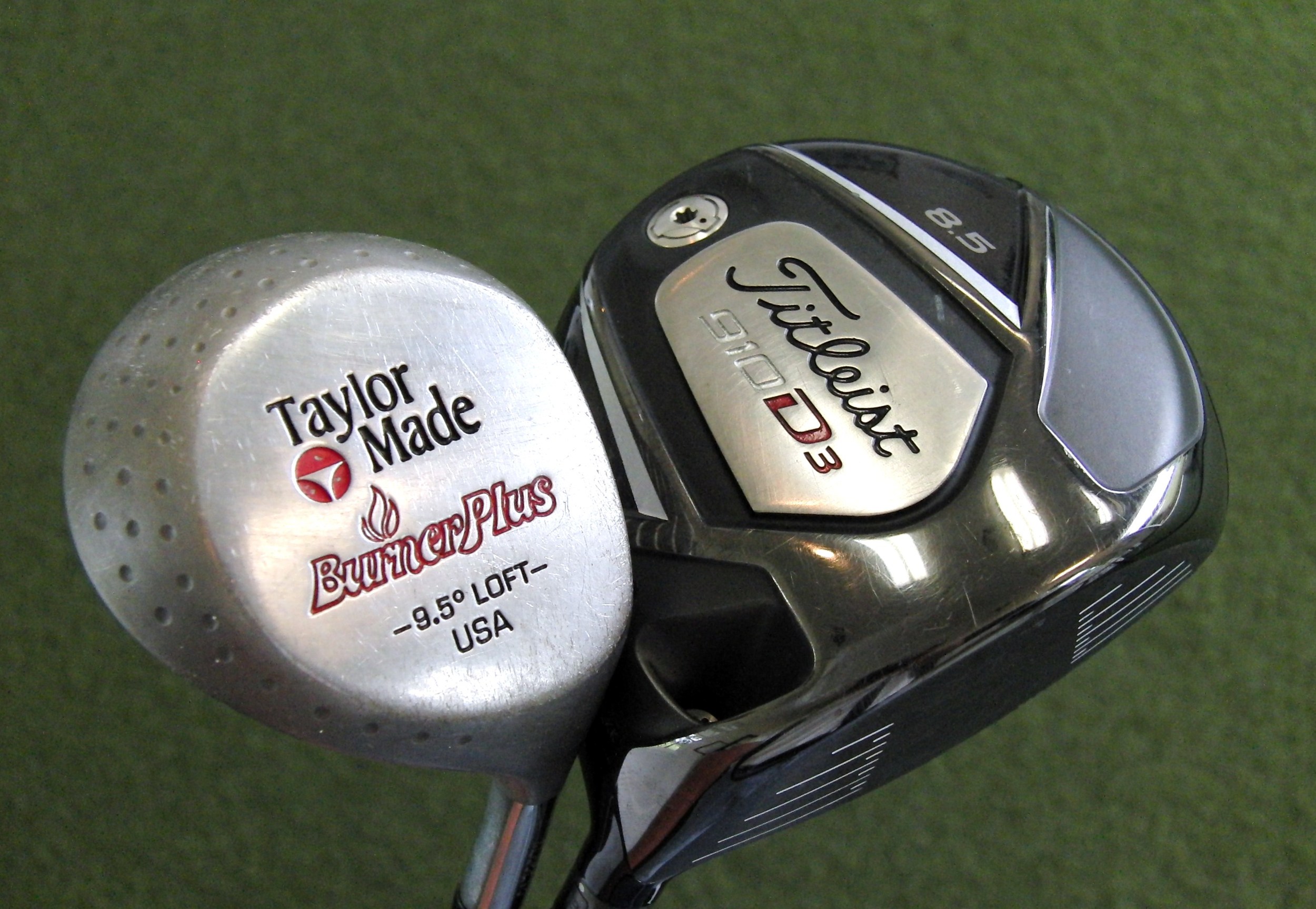


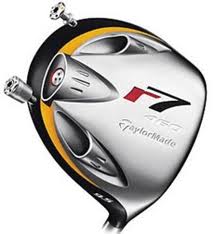
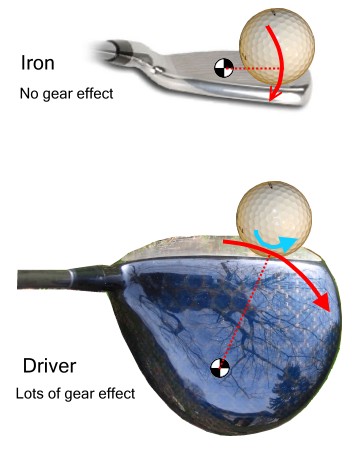
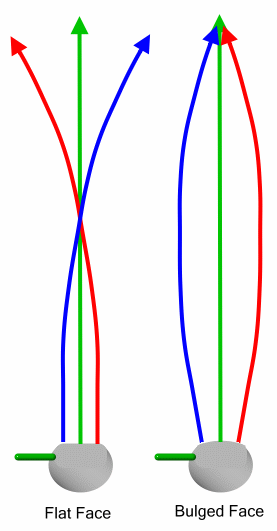
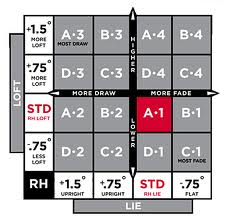

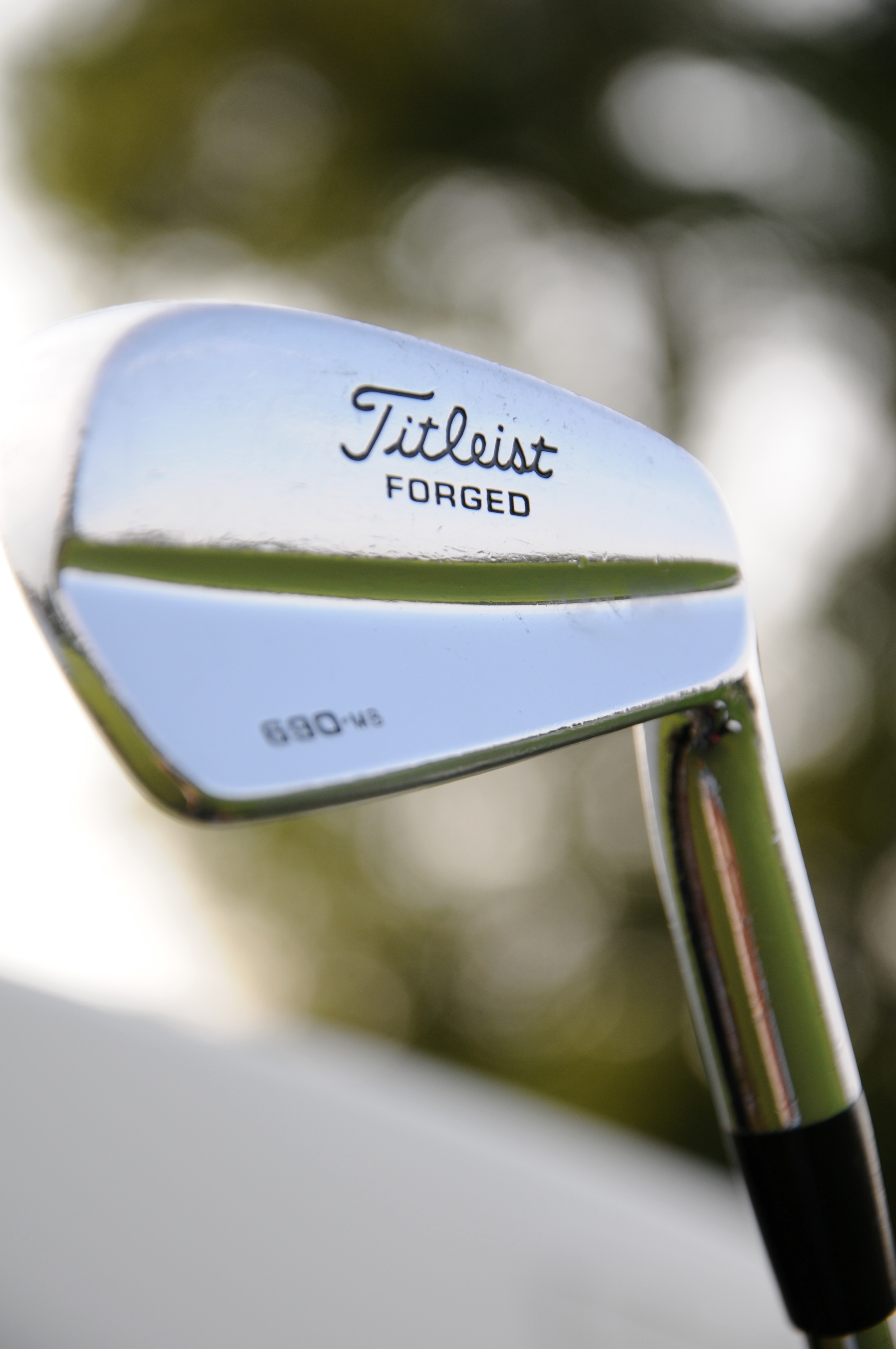 So often golfers are tempted into believing their equipment is the reason for the poor results they have been experiencing. Sometimes they may be correct, yet most times, this leads to the decision to make a change.
So often golfers are tempted into believing their equipment is the reason for the poor results they have been experiencing. Sometimes they may be correct, yet most times, this leads to the decision to make a change.
 For many years I have believed that the irons are struck with a descending blow, the fairway woods and hybrids are swept off the ground and the driver is hit with a slightly upward hit.
For many years I have believed that the irons are struck with a descending blow, the fairway woods and hybrids are swept off the ground and the driver is hit with a slightly upward hit. 




